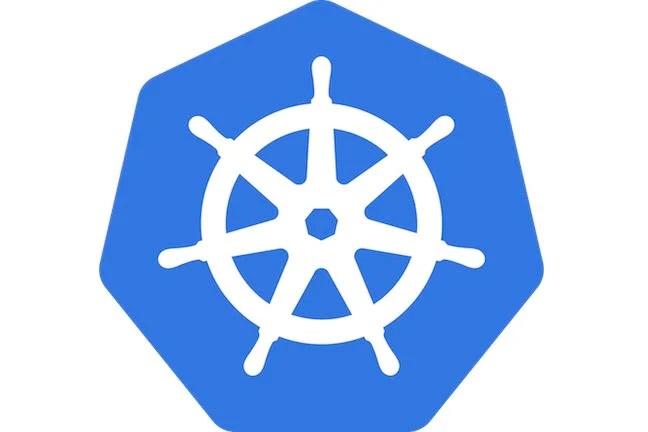Ephemeral cloud environments such as serverless containers may be short-lived, but they present a real and growing security risk, and attackers can wreak havoc if they are unprotected.
Data security vendor SentinelOne has introduced its Singularity Cloud Workload Security for Serverless Containers, which it says provides real-time, AI-powered protection to secure containerized workloads running on AWS Fargate for Amazon ECS and Amazon EKS.
AWS Fargate is designed to let developers focus on building applications without managing servers and get ideas into production more quickly.
The sales pitch is that ephemeral containerized workloads running on AWS Fargate allow rapid scale and deployment to refresh environments, offering businesses technical agility. However, their short-lived nature does not automatically mean they are secure.
While these resources may only live for minutes, SentinelOne reckons attackers can compromise them within seconds and look for opportunities to move to higher-value, longer-living resources ahead of the ephemeral resource being deleted.
Adversaries can also gain an initial foothold elsewhere in a cloud environment and pivot to serverless container resources to conduct attacks.
Singularity Cloud Workload Security for Serverless Containers provides AI-powered runtime protection. It uses five autonomous detection engines to detect runtime threats such as ransomware, zero-days, and file-less exploits in real time, streamlining machine-speed response actions.
“As a strategic Amazon Partner Network member, we are committed to delivering market-leading innovations through simple integrations that enable customers to improve their security outcomes and change the game,” said Brian Lanigan, senior vice president, global ecosystem, SentinelOne.
Cloud Workload Security is part of SentinelOne’s cloud security portfolio, which includes Singularity Cloud Native Security and Singularity Cloud Data Security. The solution sits on top of the Singularity Platform and Singularity Data Lake.
The Singularity Platform is equipped with Purple AI, a generative AI security analyst that provides autonomous SecOps tools intended to accelerate security teams’ threat hunting and investigations, reduce Mean Time to Response, and deliver AI-powered enterprise security to stay ahead of attacks, says SentinelOne.



















